Cycling, and exploring little hidden gems in the Italian countryside. Promoting regional regeneration, together with sustainable mobility and slow tourism, is at the heart of a project that has been fittingly named Borghilenti (Slow Villages). It’s based at Castelnuovo Bocca d’Adda, in the province of Lodi, but which straddles the nearby cities of Cremona and Piacenza, and is close to the River Po. This aspect makes this small town one of the many destinations to be unveiled along the VENTO cycle path: a proposed 700-kilometre-long cycle route connecting Venice and Turin (through Milan), which, for more than half its length, will follow the banks of Italy’s largest river and its various tributaries. The idea for this scheme originated in the Department of Architecture and Urban Studies of the Politecnico di Milano (DAStU), and has been led in particular by Professor Paolo Pileri, scientific coordinator of Borghilenti.
The Municipality of Castelnuovo is providing the first solidarity hostel along the river-side cycleway, housed inside a completely refurbished building in the historic centre, called Casa Peroni, which was officially showcased to the public on May 30, at the opening of BorghilentiFestival‘s second edition.
Borghilenti is in fact a complex scheme for regional regeneration, combining mobility, slow tourism, culture, urban redevelopment and social inclusion. Federica Bianchi, a researcher at DAStU (and a member of Gravitylab, a research group about green city-plannig, led by Paolo Pileri) described the whole project to us. She has been involved in it since its inception in 2022, when a proposal submitted jointly by the Municipality and the Department of the Politecnico di Milano won the Bando Borghi – Historic Villages’ call for bids by the Ministry of Culture, and was therefore granted a 1.6 million euros’ NEXT Generation EU funding, under the National Recovery and Resilience Plan (PNRR).
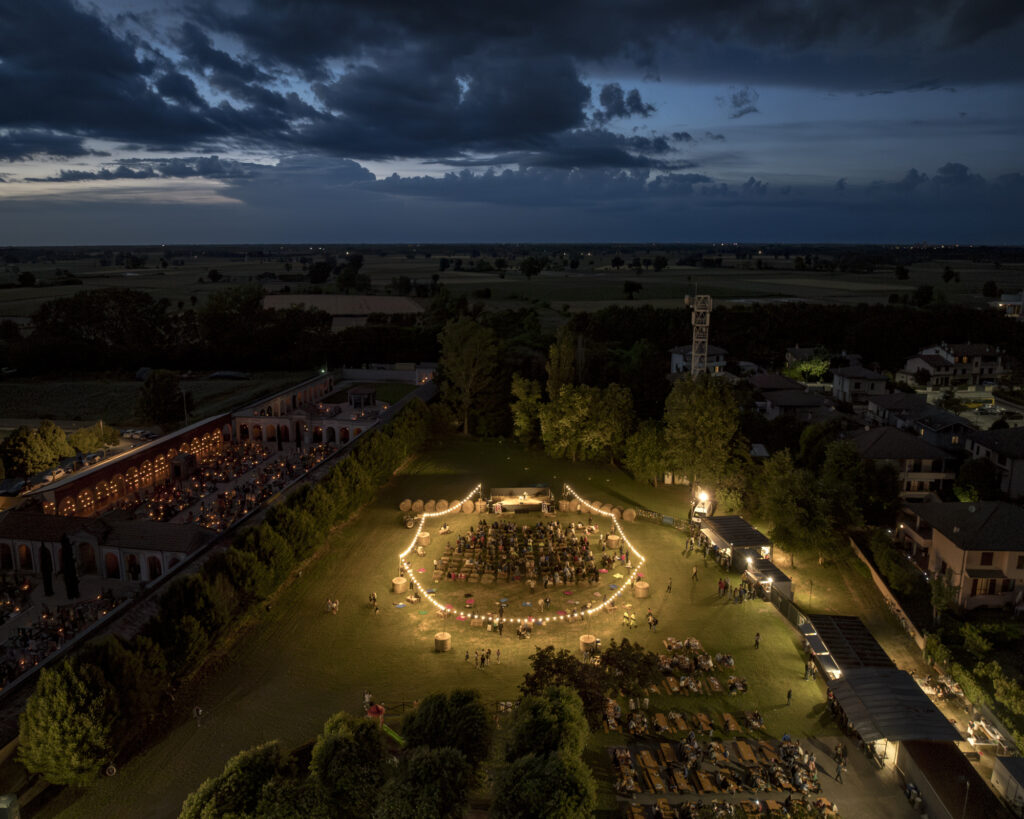
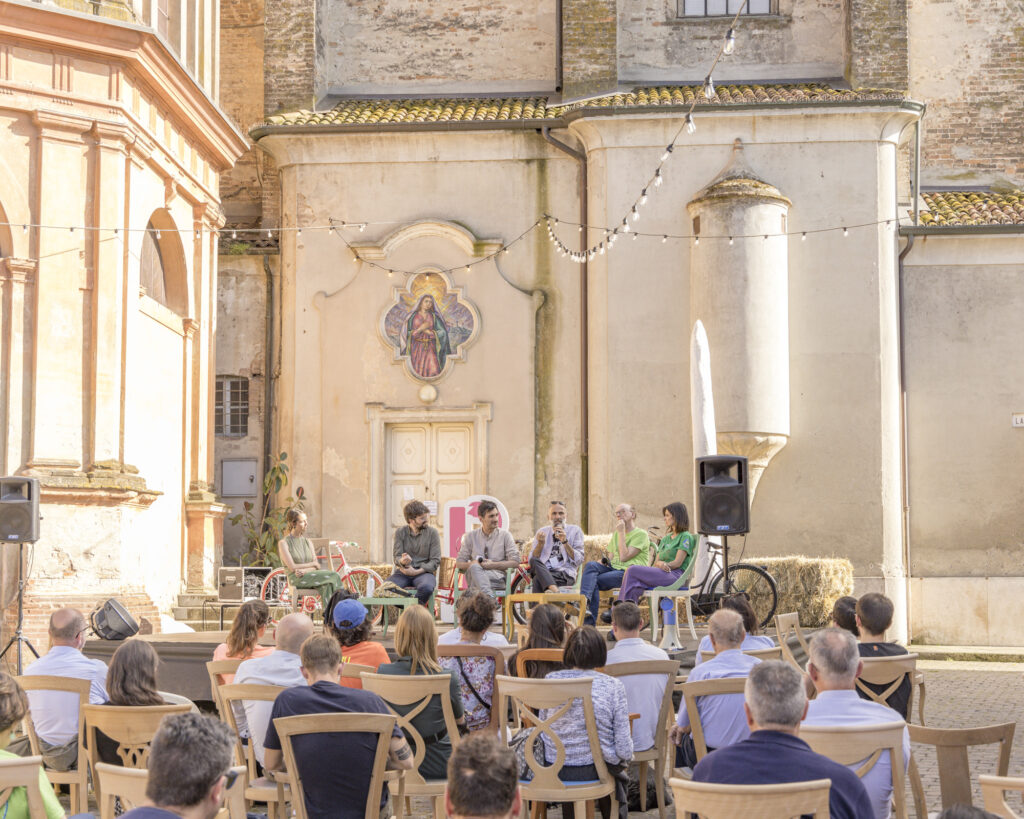
What were the origins of Borghilenti?
It relates to the TRASPONDE project, developed during 2021 and funded by the Po River Basin District Authority to research types of river crossings between the banks. As DAStU, beside the research work, we’ve experimented with a ferry service that enables tourists, either on foot or by bike, to cross a waterway even in the absence of bridges. This is especially relevant to bikes, as there are very few bridges along the VENTO cycle path, and building new ones is very expensive. And this service would also be an opportunity to create new jobs, both for those who manage it and for those who look after the docks – which we imagine could become waterfronts where people could gather. Castelnuovo Bocca d’Adda is the first place where this has been tested out, involving over 300 high school students. The ferry service is even more strategically important here, because the cycle path involves both banks of the Po. The initiative was very successful and the mayor involved us in the project to be submitted to the Bando Borghi.
How does your recent research work fit into a project like Borghilenti?
One very important outcome is the fact that we’re testing out a model here that can be replicated sometime in the future. So the challenge is to identify those elements that can be generalised – that are not specific to Castelnuovo – and that can be later be applied to all the municipalities along the VENTO cycleway. At the same time, our research is also aimed at developing actions for the project, so that the fundamental themes are promoted and brought to light. The project will finish in 2026, and consists of 12 actions, both structural and non-structural. For each of these actions, we are trying to provide input for its development and identify output we can take away. The most important actions relate to the renovation of Casa Peroni, both with regard to adaptation to architectural standards and to its interior design, as well as wider improvements to the surrounding public space in collaboration with Piùlento, a Politecnico di Milano’s spin-off. Indeed, we’ve developed the project while also considering the Municipality of Castelnuovo as a whole. We needed a unified vision – also for any future interventions that would blend in with the rest – which involved drawing up a structural plan for protecting the historic centre, and some simple rules to follow for a coherent view of the village, so that visitors will see it as a beautiful place to stay. We have also identified various short and longer-distance itineraries that both locals and outside visitors can enjoy in their leisure time.
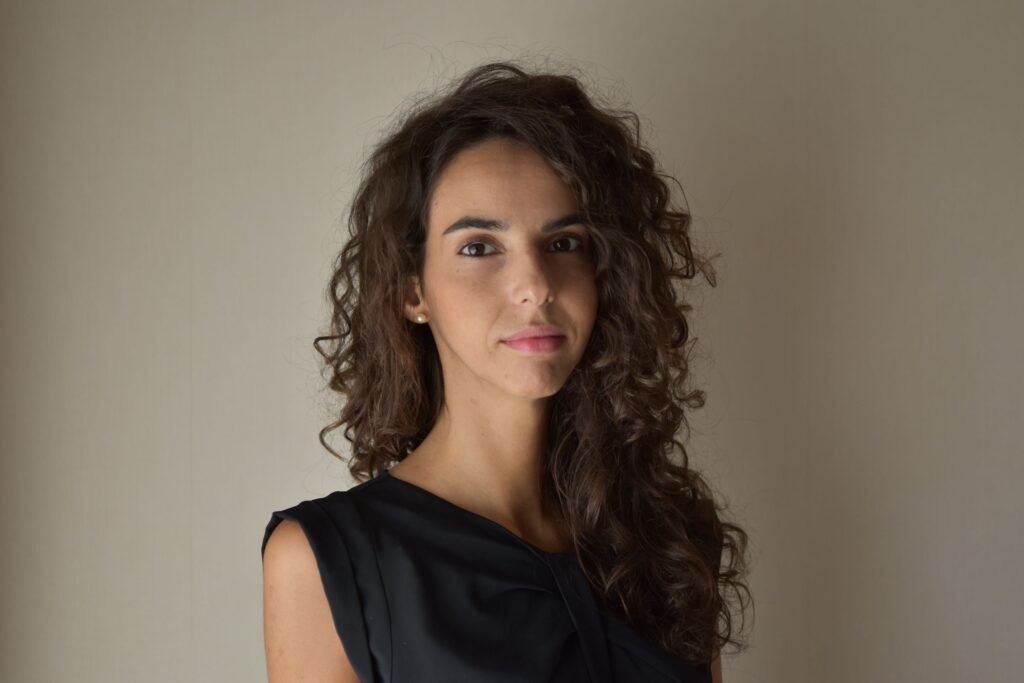
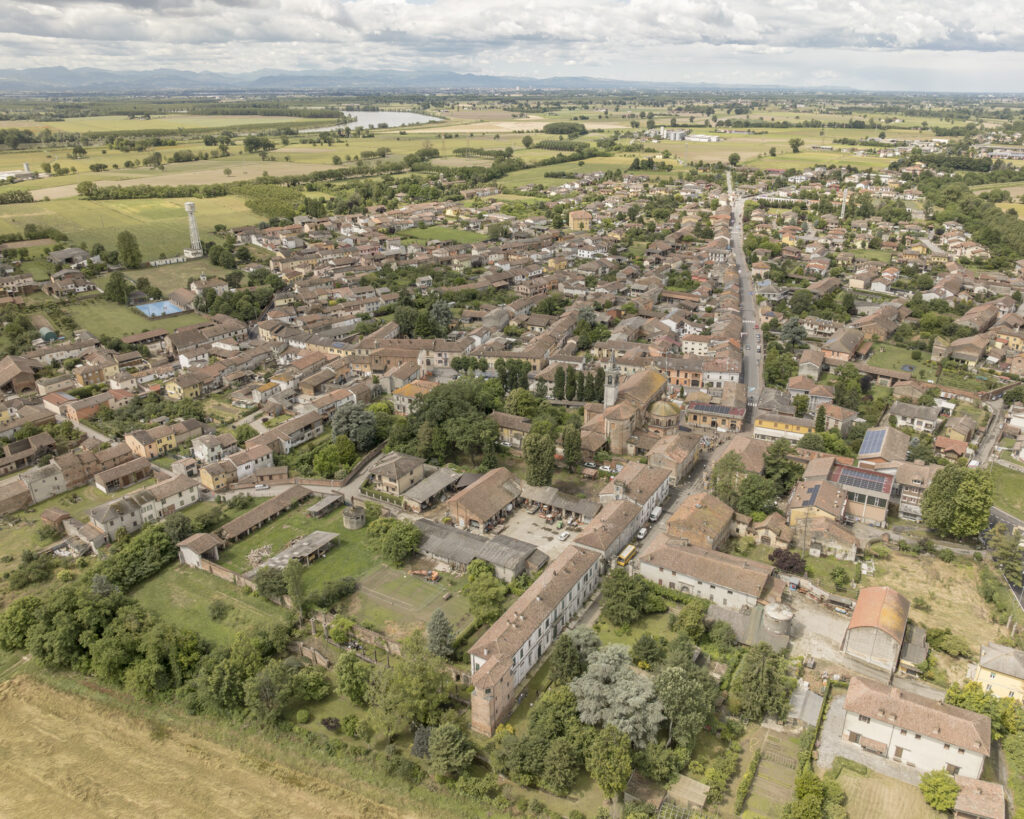
What is the role of DAStU with regard to the project?
The Municipality of Castelnuovo Bocca d’Adda heads the project, but we are responsible for the scientific coordination because of the sheer variety of subjects, long timeframes and disparate actions: all those aspects can’t be easily managed by a small town government. These include training for citizens and administrations – because we also address neighbouring municipalities – with a highly innovative approach. It involves not just face-to-face lessons, but also walks, bicycle tours and workshops aimed at all citizens, from young children to associations and traders: and we are already reaping the benefits. The goal is to show people what they cannot see of their town: very often they like where they live, but do not realise what potential it holds.
And what has been achieved so far?
Last year, when we still had to organise the first edition of the BorghilentiFestival as the main event for spreading awareness of the project (with the artistic curatorship of the Glass Studio agency), we held our first meeting with associations and citizens and were met with a certain amount of scepticism, especially among the youngest. But gradually, by holding regular workshops, gatherings and meetings (we get together every Wednesday), we have dissolved that scepticism. For example, Egeon, a resident artist, has helped us immeasurably with the workshops by keenly involving young people in the creation of a mural in Castelnuovo, and his input has proven invaluable. And even the most hardened sceptics have changed their minds: this year, the community as a whole contributed to the festival’s organization. We could never have seen this coming!
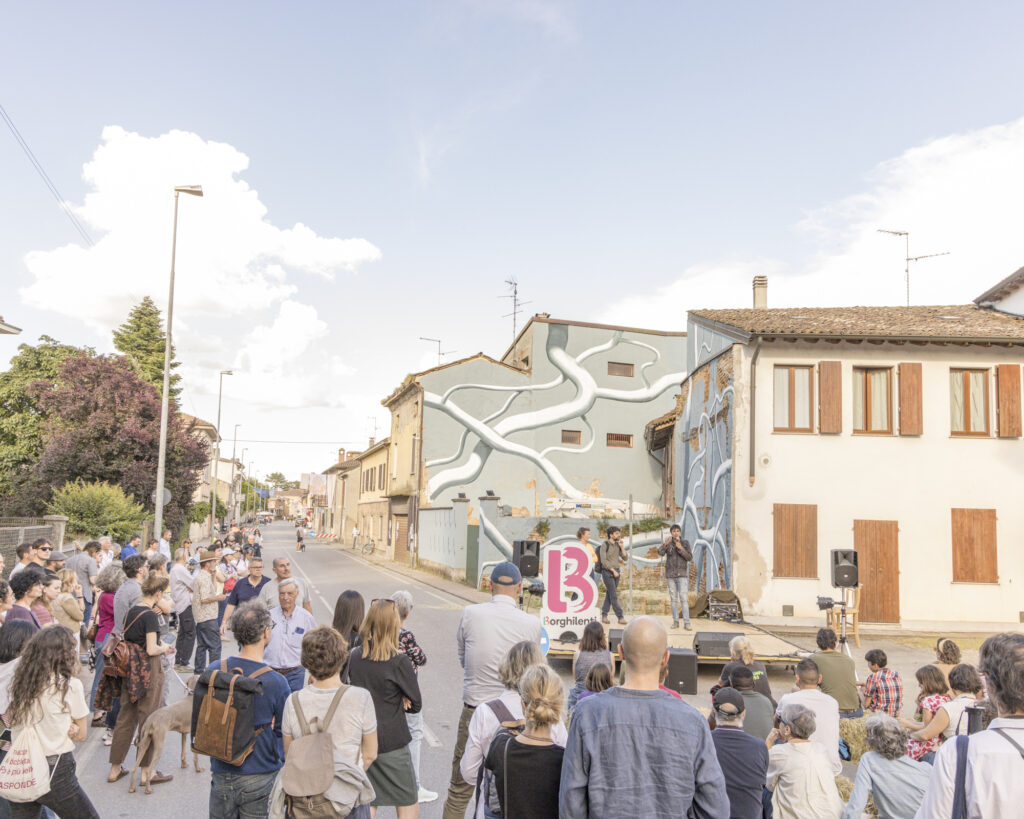
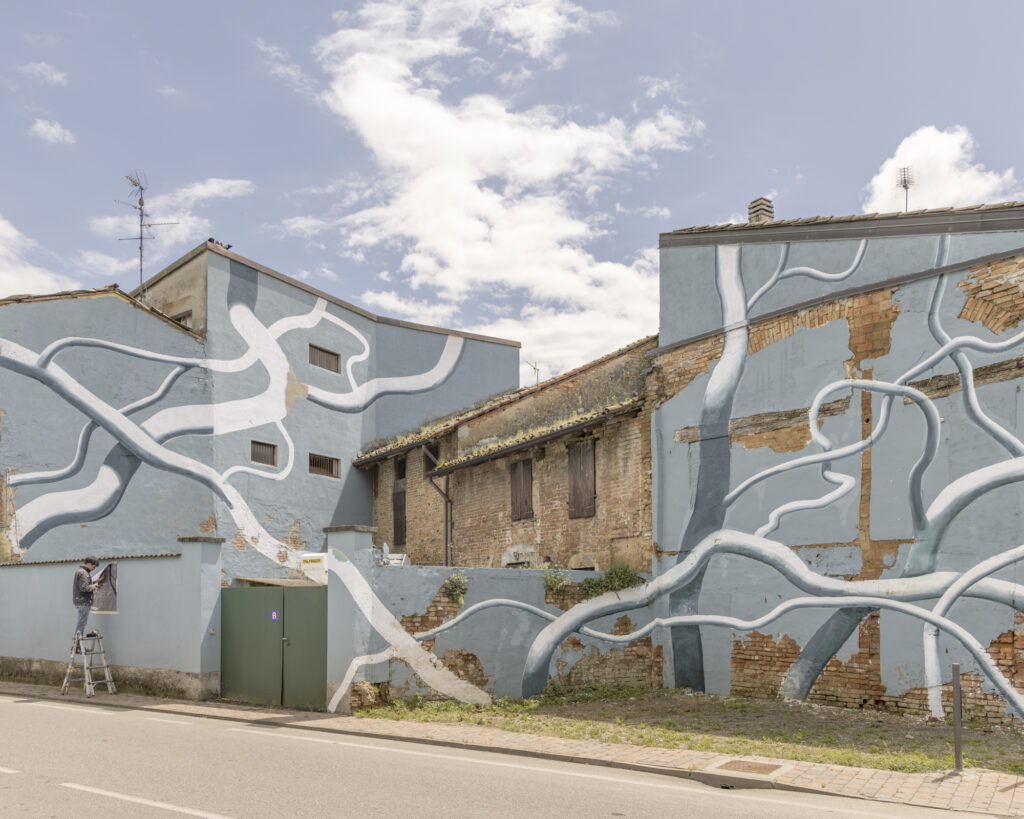
The mural work created by artist Egeon at Castelnuovo Bocca d’Adda in 2024 for Borghilenti
Casa Peroni, with its innovative use, has been inaugurated recently.How did the idea of the solidarity hostel come about?
The idea arose from the project TWIN – Trekking, Working, Cycling for Inclusion, winner of a Polisocial Award in 2019. It was an experiment that we carried out between 2021 and 2022 at the Passo della Cisa, a crossroads between several busy paths, including the Via Francigena, where there are inadequate or insufficient accommodation facilities. The hut was made in a sustainable way using the wood of the trees brought down by Storm Vaia, adopting a technique that allowed it to be assembled on site, and was built entirely in the Monza prison as part of a solidarity carpentry project. The hostel, which remained active for two years, was managed through a community cooperative by a young man with special needs, who then found work in the field of tourism. The aim was to replicate the idea, in this case by redeveloping an old building. The management of Casa Peroni will be entrusted to the Cooperativa Amicizia di Codogno, which will continue to employ people with different special needs, thereby giving them the opportunity to learn a profession and develop a sense of autonomy. The focus is on local and slow non-dissipative tourism, which does not take away from the community but rather lends it value. Indeed, priority is placed on local resources and on the involvement of the few local businesses in the work of the hostel (e.g. such as providing breakfast) to create a connection. Contact is also made with other businesses along the VENTO cycle path that offer the same service, to create a network. The idea is to overcome isolation while continuing to follow this important thread, the cycle path, which offers such great potential. There is currently only one hostel other than Casa Peroni on the River Po: so the area remains relatively unexplored and could yet yield excellent results in terms of territorial development.
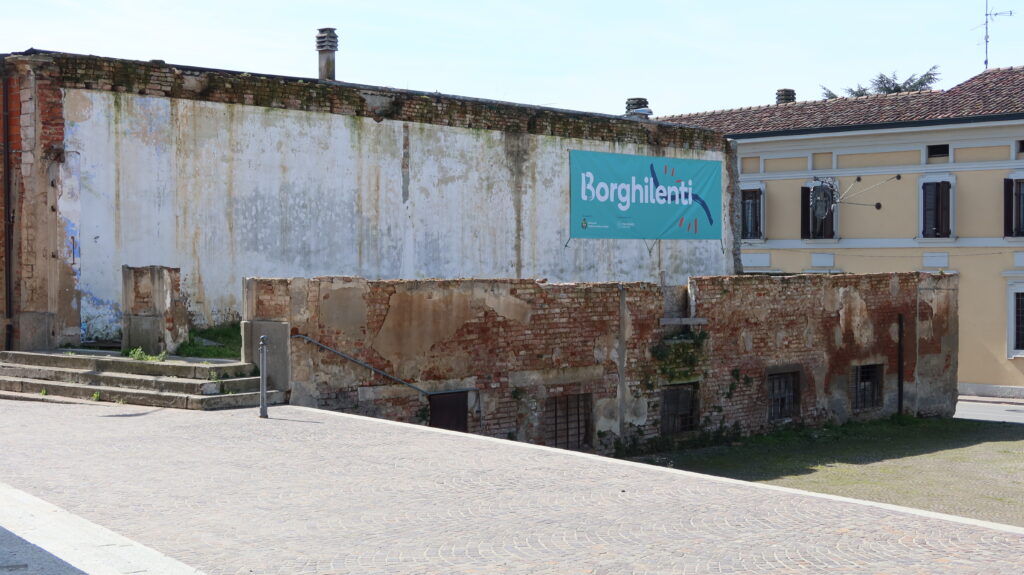

How did you approach the Casa Peroni renovation project?
The contribution of research was essential: we helped the designers in their choices, such as the one to merge the ground floor with the public space in front, thereby forming a single area to emphasise the public service on offer at the hostel. In fact, on the upper floor there will be an entire part as a common area not only for the structure, but which will help keep the hostel active throughout the year and not just during the tourist season (from April-May until October), to keep it in close contact with the community.
The choices for the use of materials and colours were all shared among the designers, the Administration and us. The furniture includes pieces provided by the citizens of Castelnuovo and entrusted to a local designer and artisans for restyling: a choice we had not originally envisaged but which both us and Professor Pileri strongly supported. The idea came to us along the way, and we were sceptical about it at first because we didn’t think that we would be so successful in finding the material. The local people, in fact, were wonderful: they offered everything the hostel needed and more. We also calculated how much CO2 we saved this way! These old pieces of furniture are now taking on a totally different life: thanks to Professor Pileri’s intuition, it has proved to be a winning choice, and has contributed to the engagement of the community in the project.
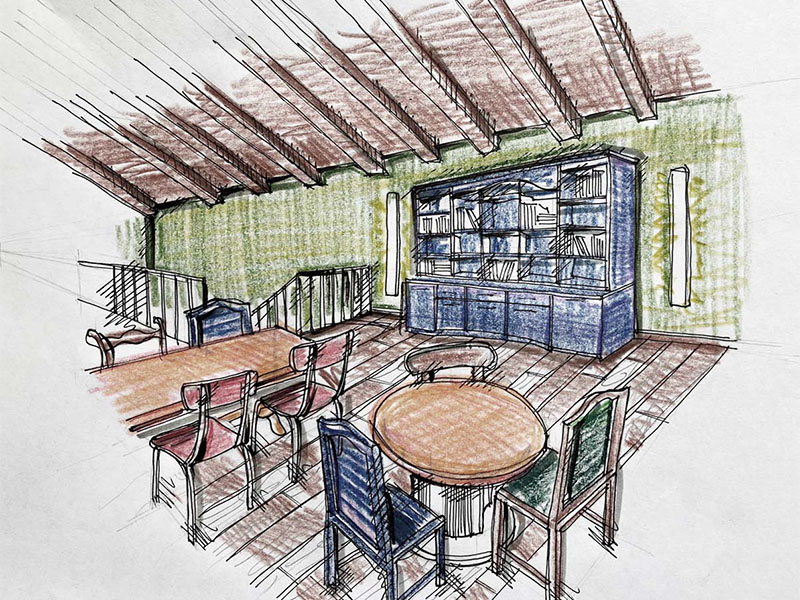
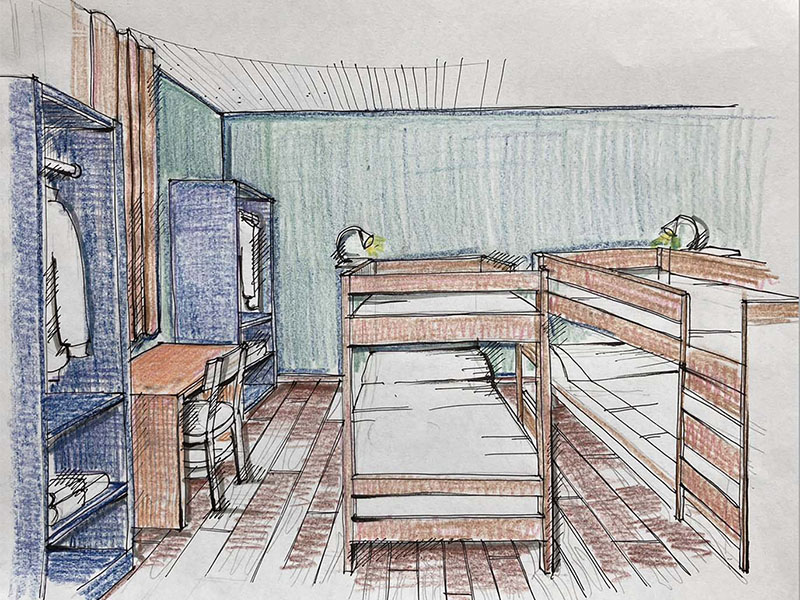
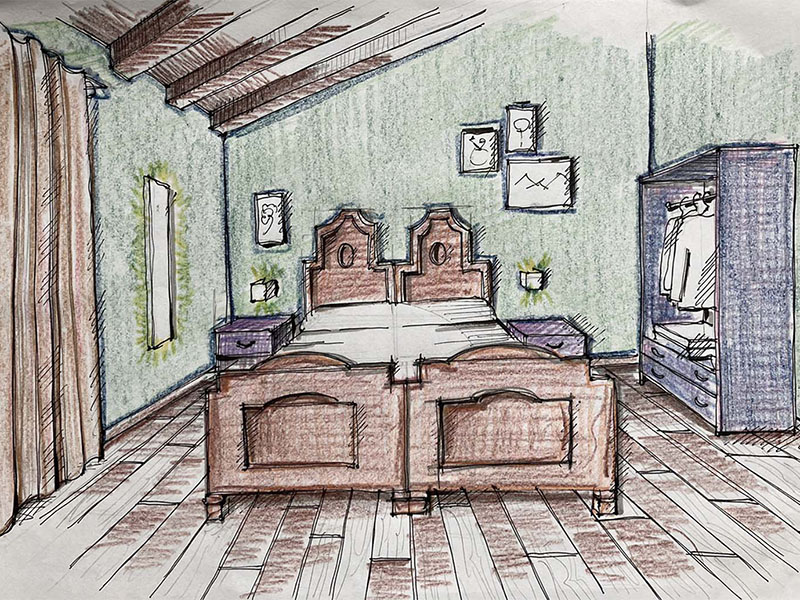
Sketches for the interior design of the solidarity hostel in Casa Peroni
